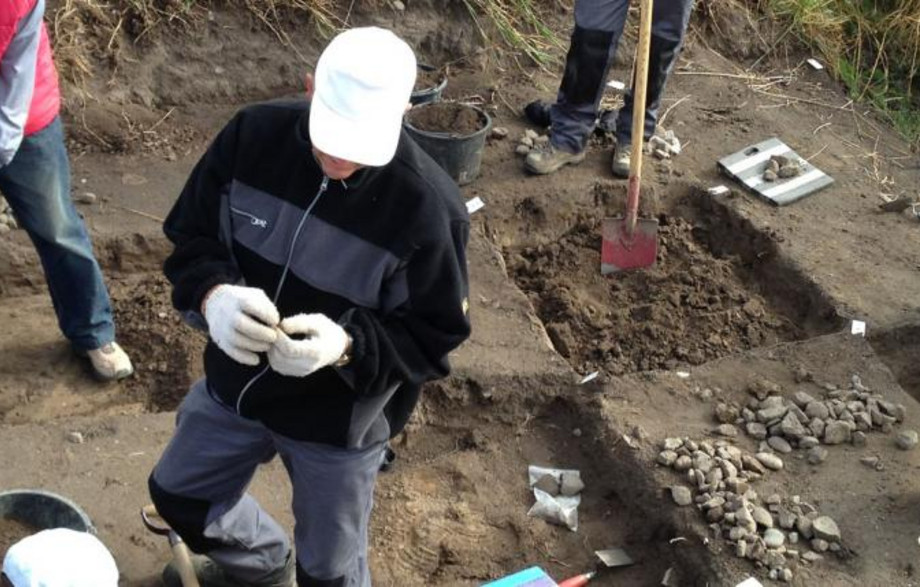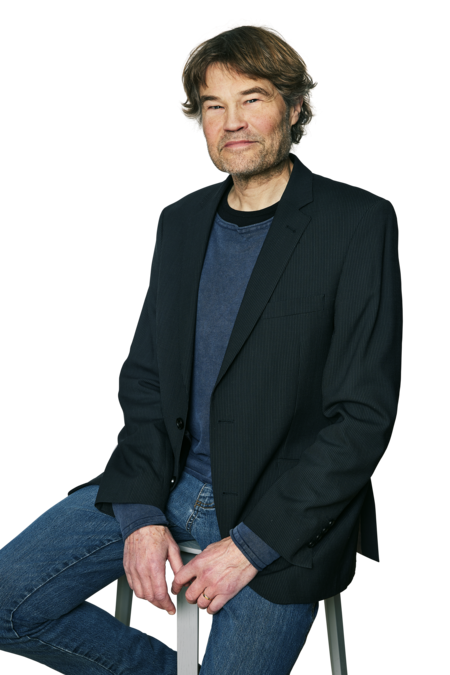Come closer: Museum projects encourage co-creation

26.05.2021 l More news
Three innovative museum projects receive a total of DKK 15 million from VELUX FONDEN. Visitors can look forward to participating in finding traces of the past in the signs of the present and creating the narrative of the future.
The Museums Programme has been developed in collaboration with Danish museums. This is the seventh time that VELUX FONDEN allocates grants under the programme. Since 2015, grants amounting to more than DKK 115 million have been allocated to a total of 25 different projects throughout Denmark.
The foundation received a total of 26 expressions of interest for the programme’s open call in 2020. Of these, ten project proposals have been invited to prepare a full application with a subsequent expert assessment. As something new, this time a total of DKK 1 million had been allocated as project maturation funds for the ten invited applications.
VELUX FONDEN’s Museums Programme aims to strengthen both the Danish museums’ research and the dissemination of their activities to a wider audience. The fulcrum is increased collaboration between the museums’ researchers and communicators and the universities’ humanities researchers:
“Museums play a vital role in the development of our democratic dialogue and citizenship. This year’s three winning projects show what museums can do at their best: Create solid research-based knowledge about the cultural history and art of the past and insert this in the present in involving ways, while opening up for questions and a dialogue with visitors about their own present and future. The results aren’t given in advance, but are created in the meeting between museum and visitors,” says Henrik Tronier, Head of Programme for VELUX FONDEN’s humanities research programme.
From ashes to co-creative artThe three projects each receive a grant of DKK 5 million and involve a total of four museums, three universities and several other partners. A joint feature of the projects is closely integrated research and dissemination components, with the focus being on creating insight and commitment via co-involvement.
In Køge, the ‘The Timeline. Applied Archaeology in Køge Nord’ project will give visitors the opportunity to grapple with the discipline of applied archaeology, which is a new field in Danmark. In connection with the creation of a new sustainable neighbourhood, the project will convert archaeological finds and studies into issues of relevance to urban development and local identity:
“The statutory archaeological excavations are often the very first tangible steps taken in connection with new construction and development projects, but, mostly, they’re done without any further contact with the surrounding world. In reality, they have a great potential as a facilitator of change because they’re right in the middle of things and can ensure the connection between what is and what will be. We’re keen to explore and unfold this aspect in the project,” says Curator Anna Severine Beck, who heads the project from Køge Museum, Museum Sydøstdanmark.
At the Open Air Museum in Lyngby, the ‘Where we live – past, present and future’ project will create installations in and around the houses that strengthen visitors’ sensory and bodily experiences of how wind and weather have shaped life in the historic houses and give them inspiration for sustainable housing forms in the present.
At Trapholt in Kolding, the ‘CraftWorks’ project will develop citizen-involving art projects with hundreds of participants and rethink the institution of the museum as a space for democratic exchanges of views.
Museum Sydøstdanmark (Køge Museum and KØS Museum of Art in Public Spaces) in collaboration with the Saxo Institute at University of Copenhagen, the Department of Communication and Arts at Roskilde University and the Municipality of Køge.
By Curator Anna Severine Beck
Grant: DKK 5 million
The building of a new neighbourhood in Køge Nord has led to large-scale archaeological excavations. With these as starting point, the project will rethink the role of the developer-driven excavations in today’s society. The building project will lead to radical changes in the historical landscape and are challenging the existing communities in the area. However, an active use of the local archaeological knowledge will tie the area together in new ways. This shall take place through the creation of the hiking route, The Timeline, where digital stories and physical installation will retell history in the new landscape. The content will be created by combining the archaeological knowledge with the inhabitants’ own stories and art installations in a way that focus on the questions the past asks to life in the present.
The overall aim of the project is to challenge and expand the traditional notion of archaeological knowledge by inviting the public to participate in the creation of history and put it into play in relation to the challenges the modern development may cause. The experiences will be gathered in a strategy for an Applied Archaeology which will increase the relevance of the developer-driven excavations - not only in Køge Nord, but also more generally.
Creative, institutional and social potentials of new forms of participation at the art museum
Trapholt in collaboration with the School of Communication and Culture at Aarhus University.
By Curator Karen Grøn
Grant: DKK 5 million
In CraftWorks Trapholt and Aarhus University explore and develop new methodologies for art museums understood as democratic, polyphonic and relational spaces of people and art. CraftWorks engage a great number of citizens in two large scale participatory craft projects at Trapholt, which culminate in unique and significant artworks.
The project study the processes and outcomes of the craft-based artistic projects and examine their impact on the participants, the art museum, and beyond. The purpose is to qualify our knowledge about how to develop art museums into spaces for inclusive exchange between different experiences and voices and simultaneously create works of art that expand the artistic field. The two participatory craft projects are qualified partly through action research involving participants, artists, museum professionals and researchers, and partly through exchanges with leading international museums and theorists in the field. Thereby we develop new methods for Trapholt and other art museums that wish to combine a relational and artwork-oriented practice.
The Open Air Museum, National Museum of Denmark in collaboration with the Department of Communication and Arts at Roskilde University and the Institute of Architecture and Culture at the Royal Danish Academy.
By Curator Signe Lykke Littrup
Grant: DKK 5 million
Where we live - past, present and future is an interdisciplinary research and development project comprising Old Denmark Open Air Museum, The Royal Academy of Fine Arts, Architecture and the Department of Communication and Arts, Roskilde University.
Through multi-sensorial means of communication and social visitor activities the project aims to enhance visitors’ experience with sustainable and site-specific building qualities inherent in rural architectural heritage. The project will not only develop novel methods to communicate historic buildings. It will also enhance our understanding of how interpretations of pasts affect visitors’ understandings of the contemporary and the future. Findings will continuously be evaluated, supported and developed in collaboration with open air museums across Europe.
The project launch in spring 2022.
